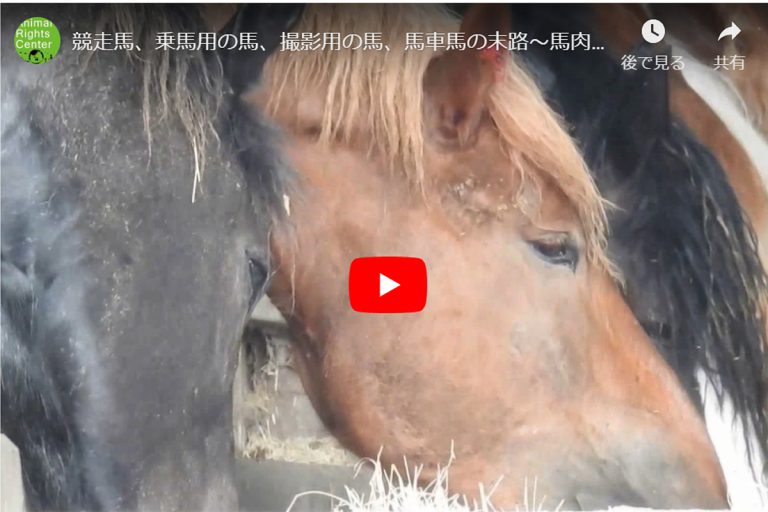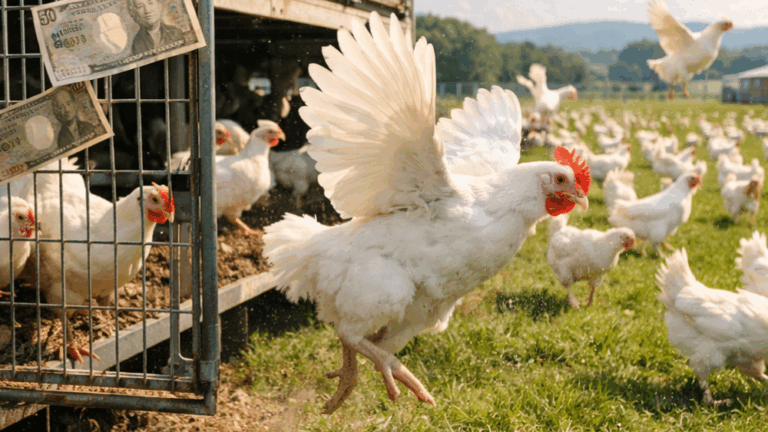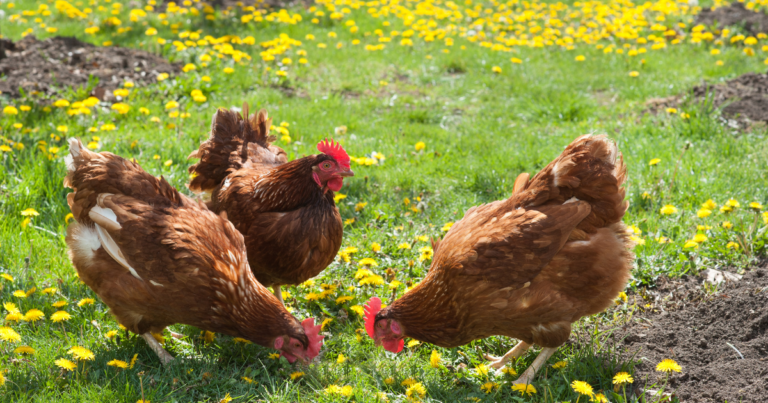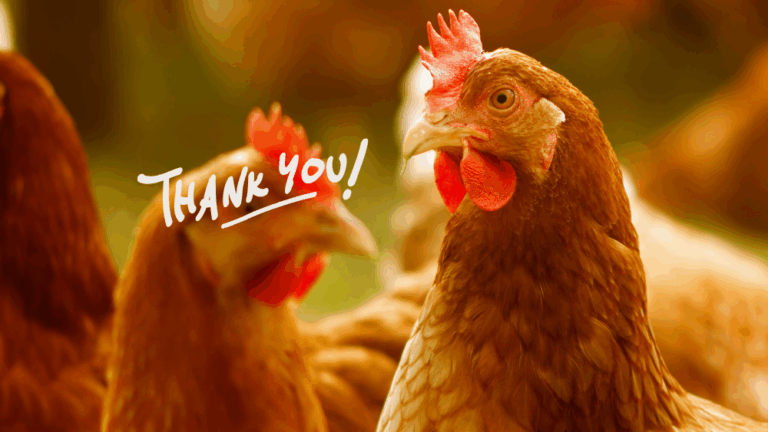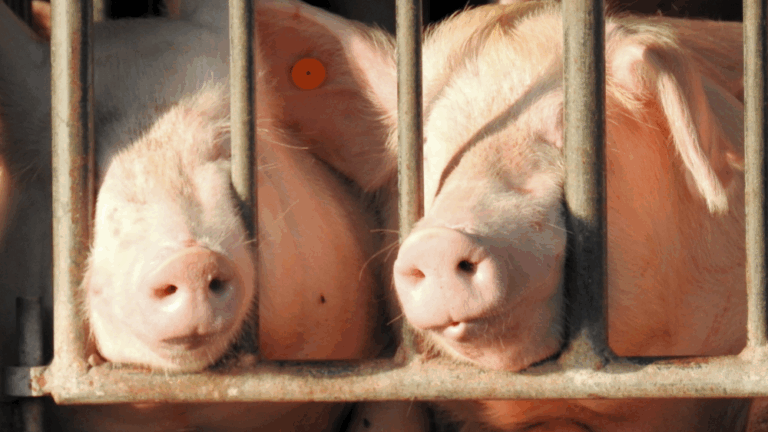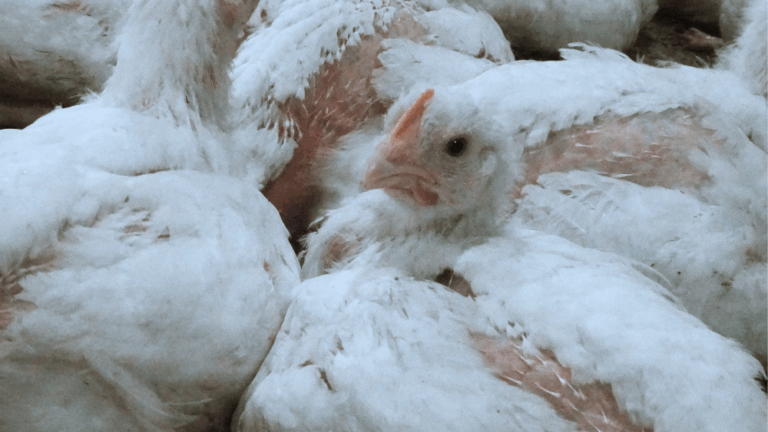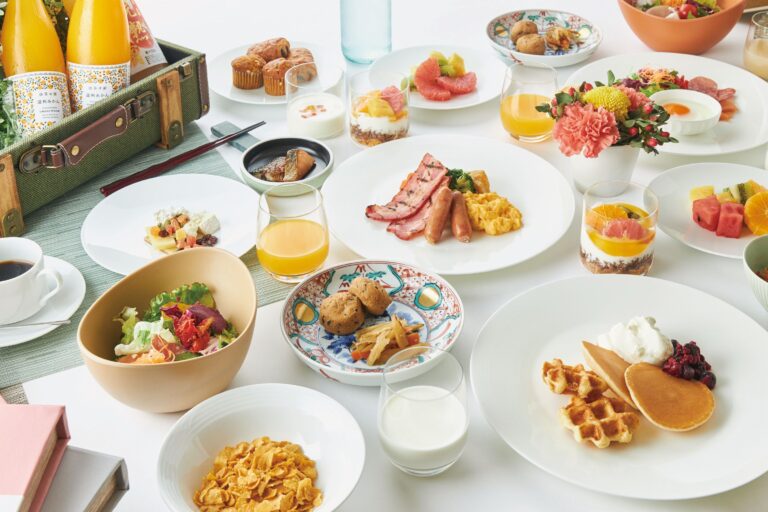What do you imagine when you hear a word “horse”?
Horse race
Horse ride
History drama
Horse carriage
Processions (Daimyo-Gyoretsu)
Horses used at events
Hormone agents
Shampoo made of horse oil
… and Horse meat
Horses are used in many scenarios.
However, almost all horses end up being killed for their meat.
Where do horses in Japan come from and what’s their destiny?
How much sacrifice are we talking about?
The number of horses raised in Japan, except for the ones raised for meat, is approximately 70,000.
The number slaughtered in 2015 was 12,466. Kumamoto prefecture killed more horses than any other, of which the number was 5,642, followed by 2,701 horses in Fukushima prefecture, and 1,290 horses in Aomori prefecture, 940 horses in Fukuoka prefecture, and 640 horses in Yamanashi prefecture.
Horses in Canada
In fact, many horses killed were imported from Canada. The newest statistics shows that 6,993 horses have been imported alive from January 2016 to 2017.
Every year, more than 5,000 horses are traded.
The situation of these horses coming from farms in Canada is horrifying.
The environment of the farms in Canada is very different from the ones in Japan. The area is relatively large.
However, it is just large, and there is nothing around. The horses are exposed to the cold, heat, rain, snow, and hail.
Picture used by horse raising companies in Japan present this as though the horses run around the field, but it’s not true.
In actuality, there is no grass, and it’s crowded in the fenced in areas, although it’s a large space.
In the summer, when it rains a lot, there are a lot of pests that breed in puddles.


It is not possible to stay outside in the cold winter in Canada without roofs.

The horses must stand all day long.
In the wild, they would be able to move to places where there’s no wind, or hide in the shade where there’s less snow. These horses have no such options.

Branding
Horses get ironed for numbering and branding.
Numbering is done to manage horses, and the symbol of the farm is literally branded on them.
It is not really seen in Japan, but this is common practice in North America.
In recent years, the practice has been changing to use microchips.

Where do these horses come from?
According to the Canadian Horse Defence Coalition, it is unclear, but there appears to be several routes. But, there is no clear number of horses for each route.
1.Hutterites (one branch of Christianity) in Alberta, Canada
It’s said the Hutterites who created colonies in Eastern Alberta in Canada have quite a few horse farms for Japan.
2.Horses for premarin
Premarin is conjugated estrogen and a female hormone agent.
If you look the word up in Japanese, it’s claimed to mitigate menopausal disorders, treat infertility, and to prevent osteoporosis.
The production of premarin was active up until 2012 in North America, but it went down rapidly after the cruel method of production was revealed, as well as the fact that it’s a carcinogen. There appears to still be some production of premarin.
Premarin is the urine of pregnant horses. Since horses must get pregnant, there is a surplus, that is, ponies. These horses get slaughtered for meat.
In addition, the mother horses, whose urine has been extracted, is surplus and gets slaughtered for meat as many farms are getting shut down.
To produce premarin, horses must be tied to stools, and their back legs are tied with ropes to extract their urine.
Few people use premarin in North America, but there are many people who still use it in Japan, so the location of premarin production has shifted to China.
We need to know if people could get cancer. We need to discontinue usage of premarin due to its cruel practice.
Make sure to confirm the ingredients since premarin can be used for birth control pills and female hormone agents.
3.Amish and Mennonites (one branch of Christianity)
Many Amish and Mennonites use horse carriages. They use horses instead of trains or bicycles, and to farm their land.
Surplus horses and ones, who are no longer useful, get auctioned and then are slaughtered for meat.
4.Auctions
There are many horses in auctions, including racing horses, riding horses, labor horses, and training horses.
It’s the same in Japan to have horses with various backgrounds. The difference is the trading is rather open.
Transportation from Canada
Horses come via air.
There are many problems.
There is no food or water during the long transportation.
It is not allowed to transport without giving food or water more than 36 hours according to Canadian law, but it’s not really enforced.
According to the Canadian Horse Defence Coalition, 6 horses died during transportation within a year, three died from concussions during landing, and one was found dead upside down in the wooden frame.
 Please sign the petition to stop the export of live horses.
Please sign the petition to stop the export of live horses.
写真:Canadian Horse Defence Coalition
Final destination, Japan
Horses come from Canada as well as domestically here to get fattened for meat.
What is the situation for horses in Japan?
Unlike farms in Canada, they are not spacious. Only a place with roof is provided.
Horses wander around the fenced area. Due to a lack of exercise they rear up on two legs and walk side by side.
Many horses hang out as couples. They find horses who are in this small area to live together.
Just like cows and pigs, they appear to be interested in outside world. They get close to a photographer, when s/he tries to get close to the fence to take photos.
A farm on the spot in this report provides “better” conditions to horses than average cow farms in terms of square space available to animals. (Of course, it’s way better than pigs’ and chickens’)
However, management was still poor, and vermination was apparent. Horses keep moving their legs, shaking their muscles, trying to shake bugs off by using their tails, and sometimes irritably shake their heads.
There appear to be too many horses for the space provided.
There are many kinds of horses, and it’s probably because they have different backgrounds.
These horses get slaughtered within a year for Japanese to eat.
Humans communicate with them for riding horses, racing horses, carriages, for the Shinto rituals, and for movie or photo shooting…
There is irony here.
If you see the sadness of their fate, please consider the option not to eat them.
Many horses injure their legs


Painful branding



Translation:Seika K


